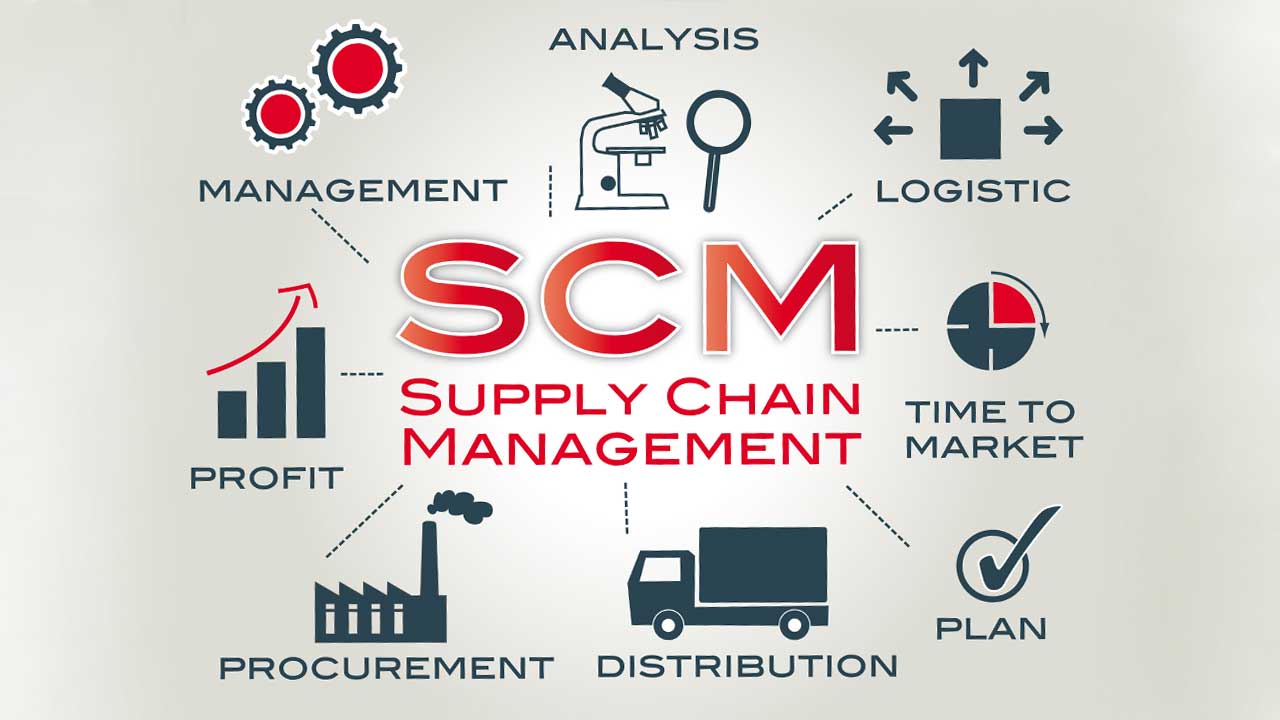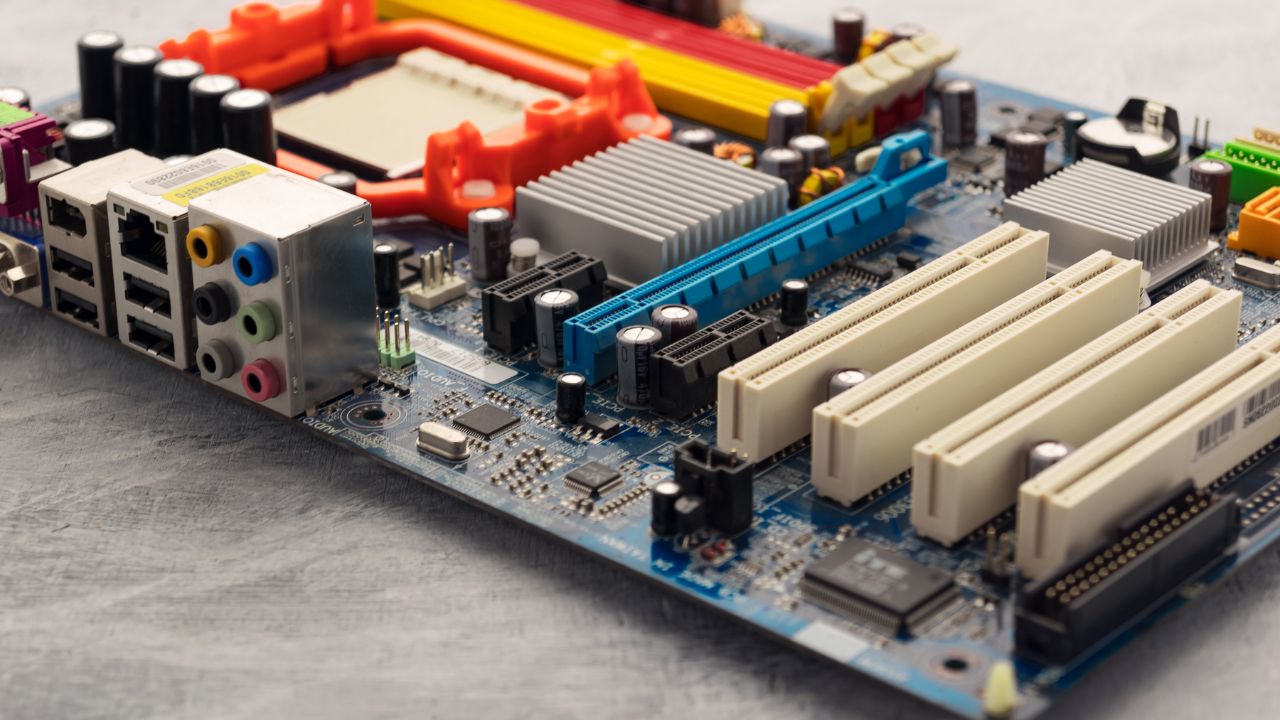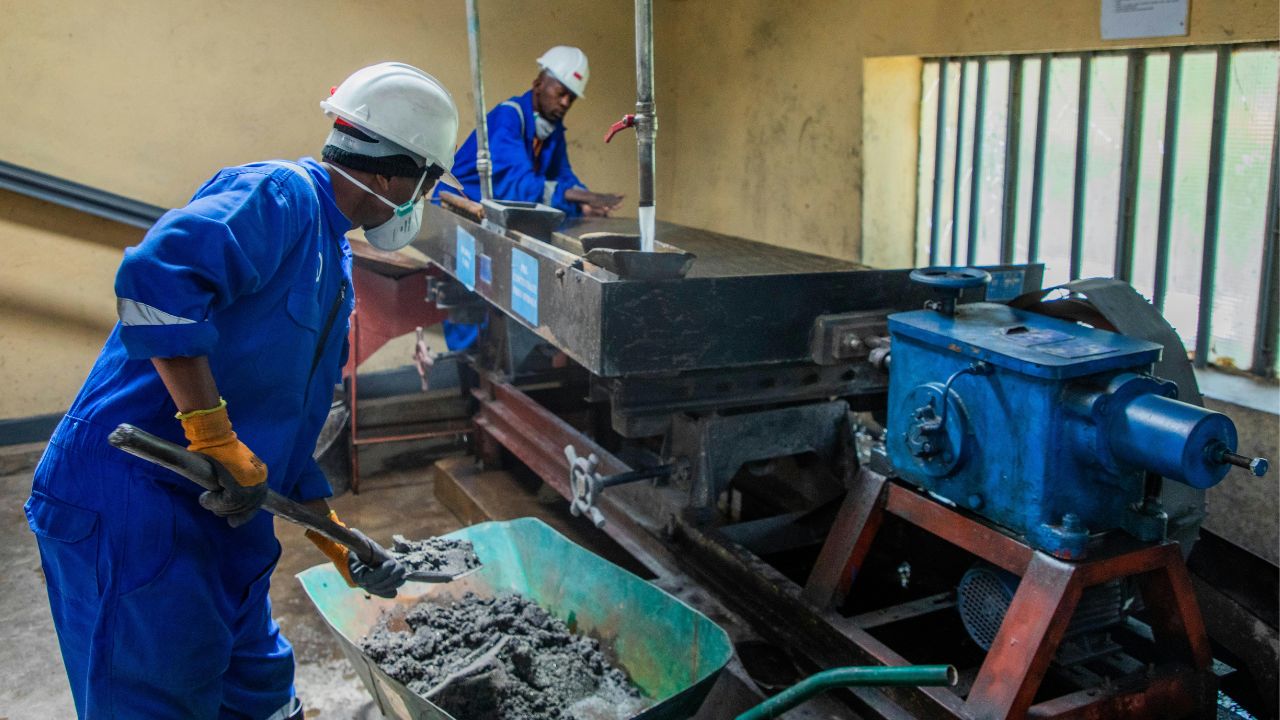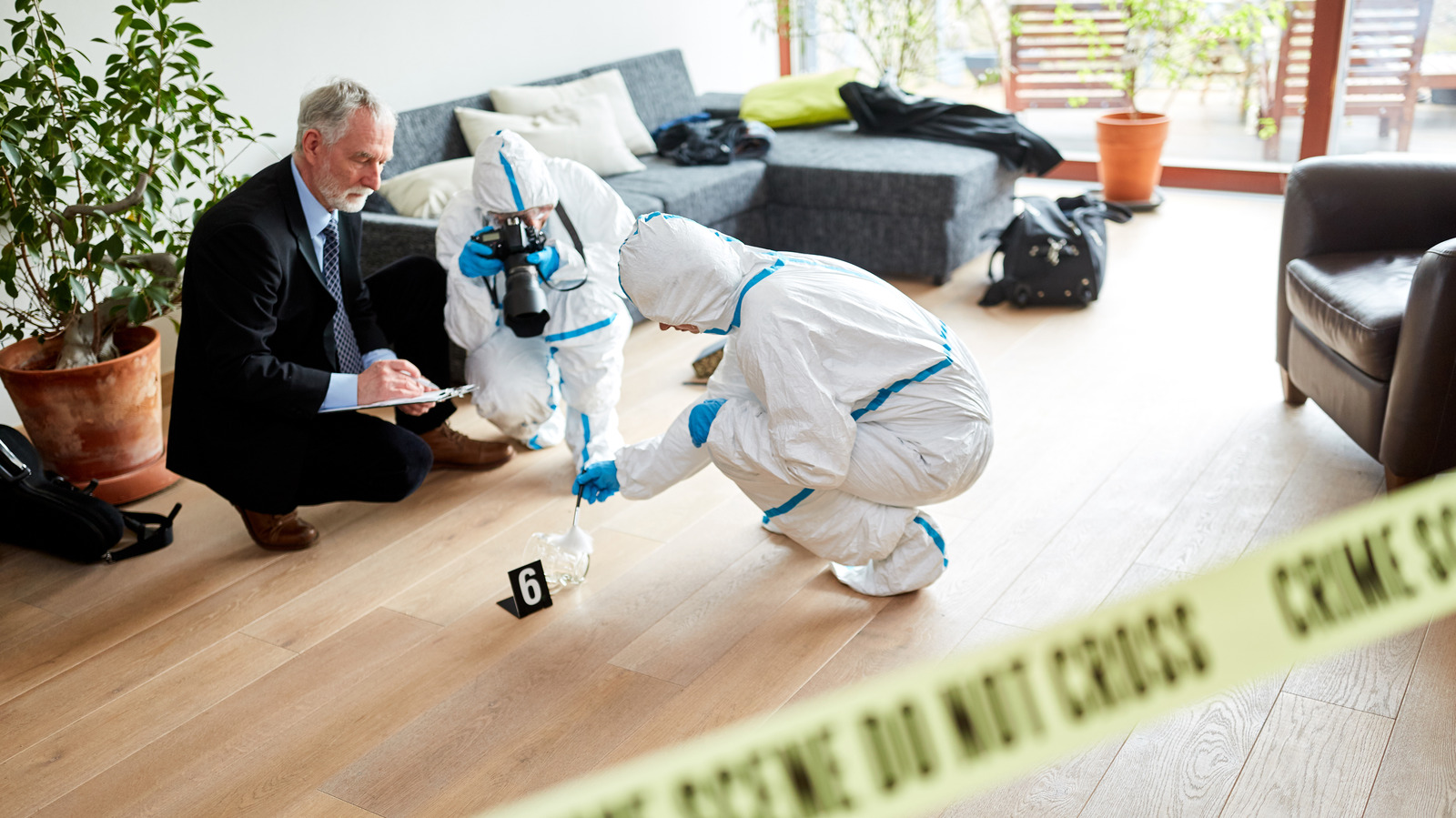Introduction to video forensics
Video forensics, a rapidly evolving field within the realm of digital forensics, has emerged as a crucial tool in modern crime scene investigations. As the name suggests, video forensics involves the scientific examination, analysis, and interpretation of video evidence to uncover invaluable insights that can aid in solving complex criminal cases.
In today’s world, where surveillance cameras and personal recording devices are ubiquitous, video footage has become an indispensable source of evidence. However, the sheer volume of video data and the potential for tampering or degradation can pose significant challenges. This is where video forensics comes into play, providing investigators with the necessary techniques and tools to extract, enhance, and authenticate video evidence.
By leveraging cutting-edge technologies and methodologies, video forensics experts can reveal hidden details, reconstruct events, and uncover crucial information that may have been overlooked or deemed unrecoverable through traditional investigative methods.
The role of video forensics in crime scene investigation
Video forensics plays a pivotal role in crime scene investigations by providing critical support in various aspects of the investigative process. Its applications range from identifying suspects and establishing timelines to reconstructing crime scenes and verifying alibis.
One of the primary functions of video forensics is to enhance and clarify video footage, enabling investigators to extract valuable details that may be obscured or difficult to discern with the naked eye. This can involve techniques such as image enhancement, deblurring, and stabilization, which can reveal crucial evidence like license plate numbers, facial features, or other identifying characteristics.
Additionally, video forensics can assist in authenticating and verifying the integrity of video evidence, ensuring that it has not been tampered with or manipulated. This is particularly important in cases where the credibility of the evidence is challenged, as it can help establish its admissibility in court proceedings.
Key components of video forensics
To effectively analyze and interpret video evidence, video forensics relies on several key components:
- Video Acquisition and Preservation: Proper acquisition and preservation of video evidence are crucial to maintain its integrity and admissibility in court. This involves following established protocols for handling, storing, and transferring digital evidence to prevent contamination or alteration.
- Video Enhancement and Analysis: Advanced software tools and techniques are employed to enhance video quality, clarify details, and extract valuable information from the footage. This may involve processes like deinterlacing, noise reduction, and frame-by-frame analysis.
- Metadata Examination: Metadata, which is data about data, can provide valuable insights into the video’s origin, creation date, device information, and other relevant details. Forensic experts meticulously examine metadata to establish the provenance and authenticity of the video evidence.
- Video Authentication: Verifying the authenticity of video evidence is a critical aspect of video forensics. Techniques such as digital watermarking, hash value comparison, and camera sensor analysis are employed to detect any tampering or manipulation attempts.
- Expert Testimony and Reporting: Video forensics experts play a crucial role in presenting their findings and interpretations to investigators, attorneys, and courtrooms. They must effectively communicate complex technical information in a clear and understandable manner, ensuring that the evidence is properly contextualized and its significance is conveyed.
Techniques used in video forensics
Video forensics employs a variety of advanced techniques to extract valuable information from video evidence. Some of the commonly used techniques include:
- Image Enhancement: Techniques like contrast adjustment, noise reduction, and sharpening are used to improve the clarity and visibility of details within video frames.
- Super-Resolution: This technique combines multiple low-resolution frames to create a higher-resolution image, enabling the extraction of finer details that may have been previously undetectable.
- Photogrammetry: By analyzing the geometric properties of objects within video frames, photogrammetry can be used to reconstruct crime scenes, measure distances, and determine the positions of individuals or objects.
- Motion Analysis: Tracking the movement of objects or individuals within video footage can provide valuable insights into the sequence of events and help establish timelines.
- Audio Analysis: In addition to visual analysis, video forensics also involves examining the accompanying audio tracks for potential evidence, such as identifying voices, detecting background noises, or recovering deleted or muted audio segments.
- Facial Recognition: Advanced facial recognition algorithms can be employed to identify individuals captured in video footage, aiding in suspect identification or victim verification.
- Digital Watermarking and Hashing: These techniques are used to verify the authenticity and integrity of video evidence, ensuring that it has not been tampered with or manipulated.
Benefits of using video forensics in crime scene investigation
The integration of video forensics into crime scene investigations offers numerous benefits:
- Enhanced Evidence Collection: Video forensics enables investigators to extract and analyze crucial evidence that may have been overlooked or deemed unrecoverable through traditional methods, leading to more comprehensive and accurate investigations.
- Objective and Impartial Analysis: The scientific and technical nature of video forensics provides an objective and impartial analysis of the evidence, reducing the potential for bias or subjective interpretations.
- Increased Efficiency and Cost-Effectiveness: By leveraging advanced techniques and tools, video forensics can streamline the investigative process, saving time and resources while increasing the chances of successful case resolution.
- Improved Courtroom Presentation: The ability to present clear, visually compelling evidence in court can significantly enhance the persuasiveness of a case, potentially leading to more favorable outcomes.
- Deterrence and Prevention: The widespread adoption of video forensics can act as a deterrent to criminal activities, as perpetrators become aware of the increased likelihood of being identified and prosecuted based on video evidence.
Case studies showcasing the impact of video forensics
The impact of video forensics in crime scene investigations is best illustrated through real-world case studies:
- Boston Marathon Bombing Investigation: In the aftermath of the 2013 Boston Marathon bombing, video forensics played a crucial role in identifying the suspects and reconstructing the events leading up to the attack. By enhancing and analyzing surveillance footage, investigators were able to pinpoint the locations and movements of the perpetrators, aiding in their eventual apprehension.
- Solving Hit-and-Run Cases: Video forensics has proven invaluable in solving hit-and-run cases, where surveillance footage or dash cam recordings are often the only available evidence. By enhancing and analyzing these videos, investigators can identify vehicles, license plates, and even drivers, significantly increasing the chances of identifying and apprehending the responsible parties.
- Analyzing Police Body Camera Footage: With the increasing use of body-worn cameras by law enforcement, video forensics has become instrumental in objectively examining officer-involved incidents. Forensic analysts can scrutinize the footage to establish timelines, identify individuals, and reconstruct events, providing valuable insights for investigations and legal proceedings.
- Authenticating Deepfake Videos: As the technology behind deepfake videos continues to advance, video forensics plays a crucial role in detecting and authenticating manipulated or synthetic videos. By analyzing metadata, compression artifacts, and other technical indicators, forensic experts can identify potential deepfakes, preventing the spread of misinformation and ensuring the integrity of video evidence.
Future advancements in video forensics
As technology continues to evolve, so too will the field of video forensics. Emerging advancements in areas such as artificial intelligence, machine learning, and computer vision are poised to revolutionize the way video evidence is analyzed and interpreted.
- Automated Video Analysis: The development of advanced algorithms and neural networks will enable more efficient and accurate automated analysis of video footage, reducing the need for manual intervention and accelerating the investigative process.
- 3D Reconstruction and Virtual Reality: By combining video footage with other data sources, such as LiDAR scans and photogrammetry, forensic experts will be able to create highly detailed 3D reconstructions of crime scenes, enabling immersive virtual reality experiences for investigators, attorneys, and juries.
- Multi-Modal Analysis: Future video forensics techniques will likely incorporate multi-modal analysis, combining visual, audio, and other sensory data to provide a more comprehensive understanding of events and scenarios.
- Blockchain and Distributed Ledger Technologies: The integration of blockchain and distributed ledger technologies into video forensics can enhance the security and integrity of video evidence, creating immutable and tamper-proof records that can withstand scrutiny in legal proceedings.
- Advanced Deepfake Detection: As deepfake technology continues to evolve, video forensics will need to keep pace by developing more sophisticated detection methods, potentially leveraging techniques like blockchain-based digital provenance and advanced machine learning algorithms.
Video forensics is crucial in crime scene investigations, helping experts extract and interpret key evidence from video footage. As technology advances, the field will evolve, but maintaining scientific accuracy and strict protocols is essential for reliable court evidence. For advanced forensic solutions, SalvationDATA provides cutting-edge technology to support your investigations.
Conclusion
Video forensics has become an essential tool in crime scene investigations, enabling experts to extract, analyze, and interpret key evidence from video footage, which aids in reconstructing events and authenticating evidence. As technology advances, this field will continue to evolve, offering even more sophisticated techniques, but the commitment to scientific accuracy, objectivity, and strict adherence to protocols will remain crucial in ensuring the reliability of forensic evidence in court. If you need expert video forensics services, our experienced team is here to support your case with cutting-edge tools and techniques.









